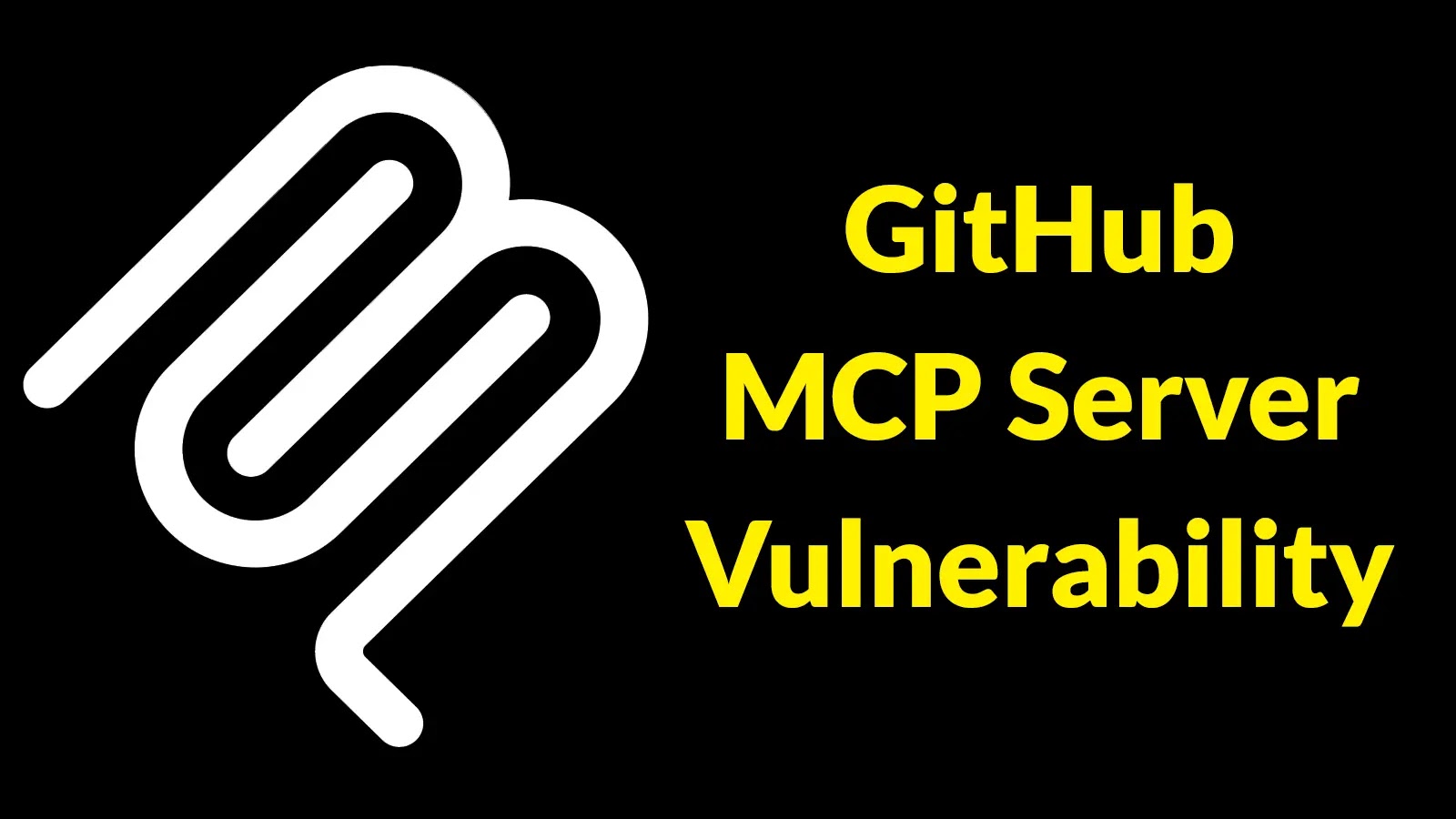On July 10, 2025, the European Union (EU) unveiled a voluntary Code of Practice for general-purpose artificial intelligence (AI). This initiative aims to guide businesses across the 27-member bloc in aligning with the forthcoming AI Act, a comprehensive regulatory framework set to be implemented in phases.
Overview of the AI Code of Practice
The newly introduced Code of Practice focuses on three primary areas:
1. Transparency Requirements: AI model providers are encouraged to disclose detailed information about their models, including their capabilities, limitations, and potential risks. This transparency is intended to foster trust and ensure that users are well-informed about the AI systems they integrate into their products.
2. Copyright Protections: The code emphasizes the importance of respecting intellectual property rights. AI developers are advised to implement measures that prevent their models from generating content that infringes upon existing copyrights.
3. Safety and Security Measures: Particularly for advanced AI systems, the code outlines best practices to ensure the safety and security of these technologies. This includes conducting thorough risk assessments and implementing safeguards against potential misuse.
Alignment with the AI Act
The AI Act, approved in 2024, classifies AI applications based on their risk levels:
– Unacceptable Risk: Certain AI uses are deemed too dangerous and are prohibited entirely.
– High Risk: Applications that pose significant risks are subject to stringent compliance obligations.
– Limited and Minimal Risk: These categories face lighter regulatory requirements.
Violations of the AI Act can result in substantial penalties, including fines up to €35 million or 7% of a company’s global revenue. The Code of Practice serves as a supplementary tool to help businesses navigate these classifications and adhere to the necessary standards.
Industry Reactions and Concerns
The introduction of the AI Act and the accompanying Code of Practice has elicited mixed reactions from the tech industry:
– Criticism from Major Tech Companies: Some large technology firms, including Meta, have expressed concerns that the regulations are overly burdensome and could stifle innovation.
– Calls for Delays: Over 40 European companies, such as Airbus, Mercedes-Benz, and Philips, have requested a two-year postponement of the regulations. They argue that the current rules are complex and could hinder the EU’s competitiveness in the global AI market.
Despite these concerns, the European Commission remains steadfast in its commitment to implementing the regulations as scheduled. Henna Virkkunen, the Commission’s executive vice president for tech sovereignty, security, and democracy, stated that the publication of the Code of Practice is a significant step toward ensuring that advanced AI models in Europe are both innovative and transparent.
Implementation Timeline
The AI Act’s provisions for general-purpose AI are set to take effect on August 2, 2025. However, enforcement by the EU’s AI Office will commence after a grace period of at least one year, allowing businesses time to adapt to the new requirements.
Conclusion
The EU’s introduction of the AI Code of Practice represents a proactive approach to regulating the rapidly evolving AI landscape. By providing clear guidelines on transparency, copyright, and safety, the EU aims to balance innovation with the protection of fundamental rights and public safety. As the implementation date approaches, businesses operating within the EU are encouraged to familiarize themselves with both the AI Act and the Code of Practice to ensure compliance and mitigate potential risks.



